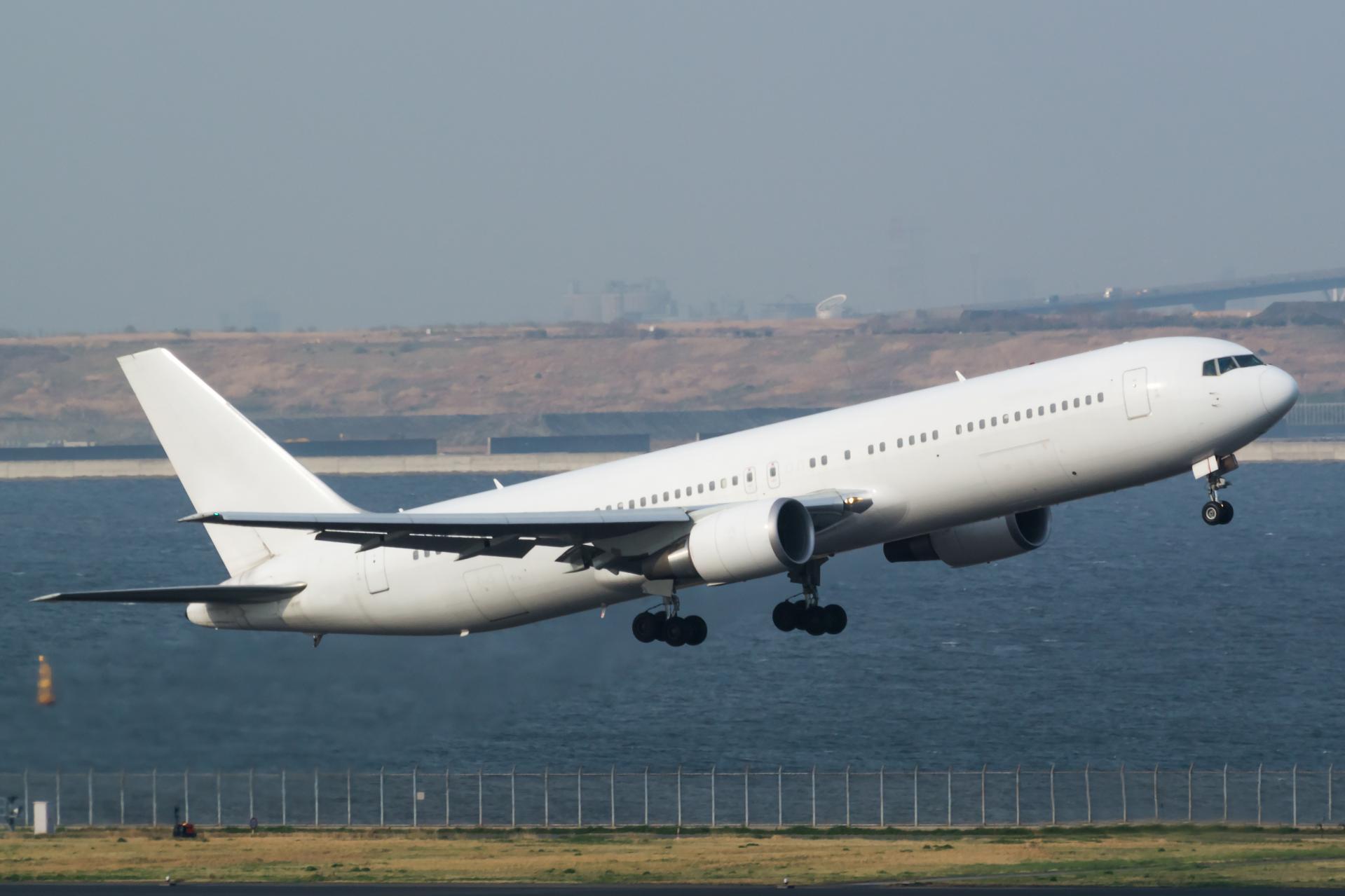Challenges created by recent events
The issues that have been highlighted are the inadequacy of premium in comparison with the scale of catastrophe losses, the potential for significant sideways losses, further highlighting the inadequacy of premium, and a lack of transparency for reinsurers regarding the evolution of underlying coverage in the softer market.
The fundamental issue is that for the enormous amount of potentially unlimited coverage given by the direct and facultative (D&F) market, current levels of premium are not sufficient for long-term sustainability. This problem is compounded for reinsurers, especially in the excess of loss (XOL) segment, by the fact that the reinsurance market has only a percentage of the original income with which to shoulder most of the volatility. The breadth of cover offered, sometimes poorly understood, further exacerbates this problem.
For context, the claims currently associated with the 2018 underwriting year would require around 15 times the total XOL market income from that year – that’s income, not profit. Against that background, the need for reinsurers to improve economics should be clear, both in terms of trying to recoup losses and also in terms of ensuring that this unsustainable degree of volatility is not repeated.
The current geopolitical situation has also highlighted the potential for severe sideways losses. While no claims have yet been agreed arising from these events, huge uncertainty still exists as to whether any claims will eventually hit the market and if so, which segment. Another issue in this area is sanctions, affecting D&F markets and reinsurers alike. This issue becomes more complex when looking at a portfolio of risks emanating from all over the world, with different sanctions regimes being applied in different geographies.
The future of aviation reinsurance
The process of portfolio remediation for reinsurers had begun to gather momentum in 2020 and the events of 2022, including ongoing geopolitical events, saw significant further movement towards that goal in the last quarter of 2022.
All three levers for improving economics are being assessed: price, amount of cover offered (vertical and sideways), and breadth of cover. Against a backdrop of insufficient return for the risks being shouldered by reinsurers, there has been substantial pressure applied to all three levers in 2023 and this is likely to continue for the rest of the year.
This will directly impact the costs which D&F underwriters have to bear and may lead to Differences in Conditions (DICs) between the reinsurance product and the coverage offered in the D&F market. It is quite possible that there will also be an impact on capacity through this process.
Reinsurers are themselves paying huge increases in the costs for protecting their own portfolios, running DICs themselves and, in several recent cases, reinsurers’ own placements, known as retrocessions, have not been completed. This is likely to lead to an XOL capacity squeeze for writers of D&F business, which may in turn lead to D&F writers having to reduce the capacity they offer to their own clients in certain segments of the market. Against a backdrop of rising costs, less capacity and more restrictive coverage, D&F writers may well need to respond themselves if their own economics are not to become unsustainable.
Aviation reinsurers will continue to face these issues for some while yet, as well as the familiar issues impacting other lines of business – inflation, legal system abuse, social inflation and more. Reinsurers will continue to work towards improving economics through the three levers previously mentioned and it is to be hoped that the D&F market will be reacting in a similar fashion.


